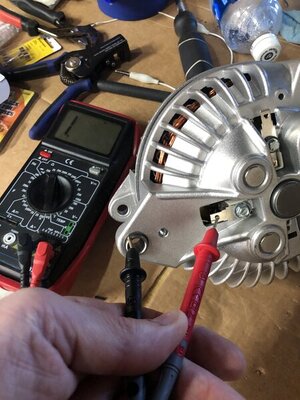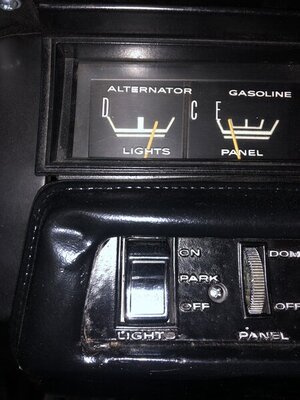- Local time
- 5:16 PM
- Joined
- Jul 1, 2015
- Messages
- 6,471
- Reaction score
- 8,096
I'll try that before I return it for education purposes if nothing else. Its going back - I ordered a PowerMaster 7019. I don't see how the unit isn't defective. There is no way to get it wrong correct? The field wires are supposted to interchangeable anyway and besides mounting it the only other connection is the output. There is literally no way to install this thing incorrectly and the car is only providing 12.5V right now. It smoked as soon as the ballast sent power - before I even tried to start it.
IMO...You are correct in your assumption....the field wires are interchangeable and the output connection. I have no real experience with a Powermaster design but if you follow their instructions it should be a simple installation. There are many subscribers to their attributes and have had success. There are several thoughts about how to correctly install these units to take advantage of the additional power produced, which usually and should include some simple wiring additions. Others will have their own preferences and opinions as to the "best way" to proceed.
BOB RENTON


















